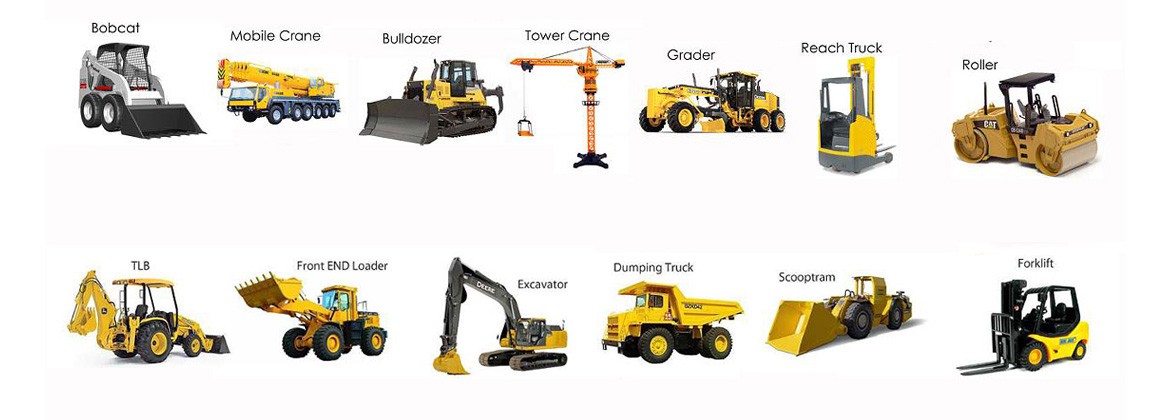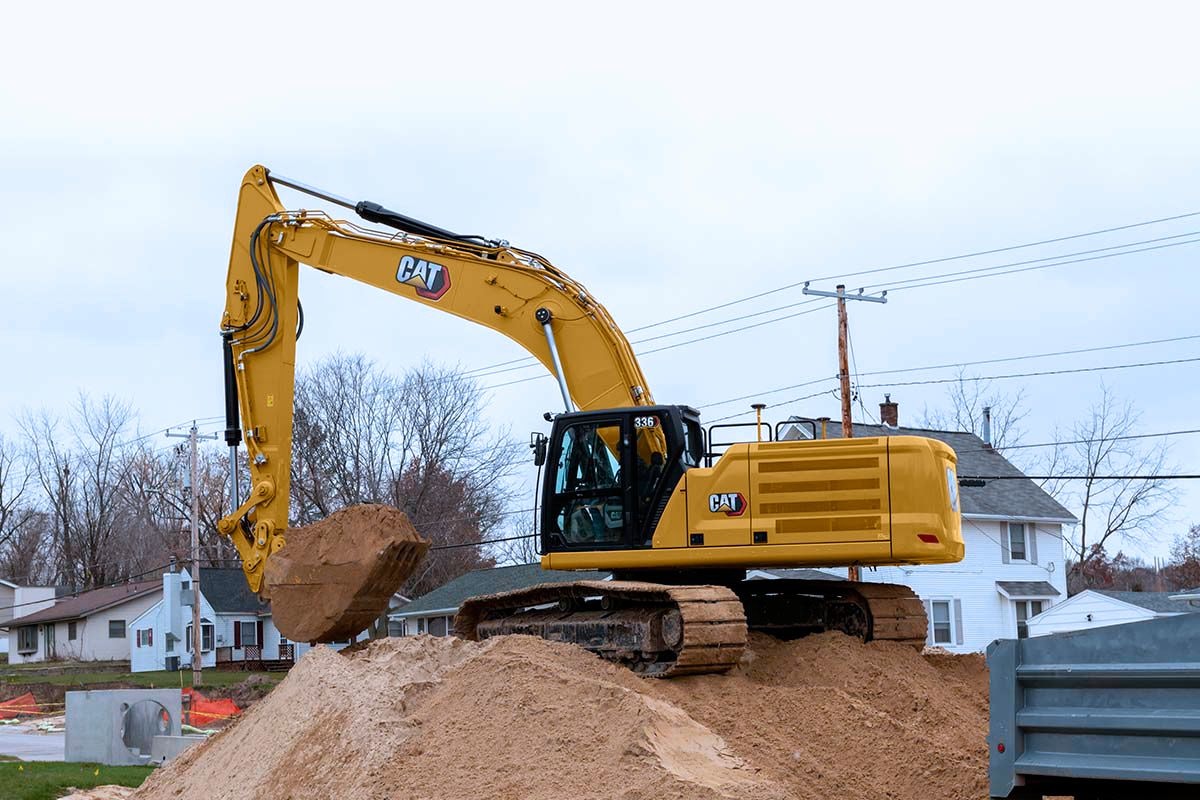Boom Lift Rental: Reach New Levels Securely
Boom Lift Rental: Reach New Levels Securely
Blog Article
Renting Vs. Purchasing Building And Construction Devices: Making the Right Option for Your Job
When getting started on a building and construction project, one of the critical choices that project stakeholders and managers face is whether to get or lease building and construction equipment. The decision pivots on numerous elements such as price factors to consider, project period, devices maintenance, threat, scalability, and versatility monitoring.
Price Factors To Consider
When assessing the financial element of acquiring versus renting out building and construction equipment, the long-term expenditures and ahead of time costs should be meticulously thought about. Renting out tools usually requires lower initial settlements contrasted to purchasing, making it an eye-catching alternative for temporary tasks or service providers with spending plan restraints. Renting removes the requirement for big funding expenses and minimizes the financial risk connected with equipment possession, such as upkeep and devaluation expenses. Nonetheless, over time, continuously leasing tools can accumulate higher prices than buying, particularly for extensive projects.
On the various other hand, purchasing building tools involves higher in advance expenses yet can cause lasting savings, specifically for frequent users or long-term jobs. Owning devices offers versatility, convenience, and the possibility for resale value once the project is finished. In addition, owning tools permits customization and knowledge with certain equipment, potentially enhancing efficiency and productivity on-site. Inevitably, the choice in between renting and getting building and construction devices hinges on the job's duration, regularity of use, budget plan considerations, and long-lasting economic objectives.
Task Duration

Conversely, for long-lasting projects or recurring construction work, purchasing devices could be the extra affordable option. Acquiring equipment can bring about set you back financial savings in the long run, specifically if the devices will certainly be regularly made use of. In addition, owning devices offers a sense of control over its availability and enables customization to fit specific job needs.

Equipment Maintenance
Provided the critical role job duration plays in figuring out one of the most cost-efficient strategy between leasing and buying building equipment, the focus now moves towards analyzing the crucial aspect of equipment maintenance. Proper maintenance is crucial for making sure the optimal performance and long life of construction equipment. Renting out tools usually comes with the advantage of having actually well-kept machinery given by the rental firm. This can reduce the burden of maintenance tasks from the task owner or contractor, saving time and effort. On the other hand, owning tools calls for a proactive strategy to maintenance to protect against malfunctions, make sure security, and expand the equipment's life-span. Normal evaluations, maintenance, and timely repairs are required to maintain owned and operated equipment in top functioning condition. Consider upkeep prices when choosing in between buying and renting, as overlooking upkeep can use this link bring about costly repairs, downtime, and project delays. Inevitably, a properly maintained construction devices fleet, whether leased or had, is essential for the effective and effective completion of building projects.
Adaptability and Scalability
In the realm of building and construction devices monitoring, the element of adaptability and scalability holds significant significance for job performance and resource utilization. Deciding to rent out building tools gives a high level of adaptability as it enables the fast adjustment of equipment types and amounts based on the advancing needs of a project. Renting enables service providers to access a variety of specialized tools that might be needed for certain tasks without the long-lasting dedication of possession. This adaptability is specifically useful for projects with varying requirements or unclear durations (dozer rental).
Furthermore, scalability, an additional crucial element, is inherently connected to adaptability. Renting out construction tools provides the advantage of conveniently scaling procedures up or down as task demands fluctuate. Professionals can rapidly add or trade devices to match the project's altering demands without the restrictions of possessing possessions that may become underutilized or obsolete. This capability to range sources efficiently can lead to cost financial savings and improved project timelines, making leasing a favorable option for projects calling for adaptability and receptive resource allocation.
Risk Administration
Efficient risk management in construction tools operations is paramount to ensuring project success and mitigating prospective monetary losses. Construction jobs inherently entail different risks, such as tools breakdowns, crashes, and project hold-ups, which can substantially influence the project timeline and budget plan. By very carefully thinking about the risks connected with owning this article or renting building equipment, job managers can make educated decisions to minimize these possible hazards.
Renting out building and construction tools can provide a degree of danger mitigation by transferring the obligation of repair and maintenance to the rental firm. This can lower the monetary concern on the job owner in case of unexpected equipment failures (construction equipment rentals). Furthermore, renting out provides the adaptability to gain access to specialized devices for specific job phases, reducing the threat of owning underutilized machinery
On the various other hand, owning construction devices supplies a sense of control over its usage and upkeep. However, this also indicates bearing the full obligation for repair work, maintenance prices, and depreciation, boosting the monetary threats connected with tools ownership. Mindful risk assessment why not check here and factor to consider of variables such as project period, tools application, and upkeep demands are essential in figuring out the most ideal option for effective danger management in building tasks.
Conclusion
Finally, when choosing between renting and purchasing building and construction devices, it is essential to think about expense, project duration, tools upkeep, scalability, risk, and versatility monitoring. Each aspect plays an essential role in determining the most suitable choice for the project handy. By carefully examining these facets, project managers can make an informed choice that aligns with their budget plan, timeline, and total project objectives.

Report this page